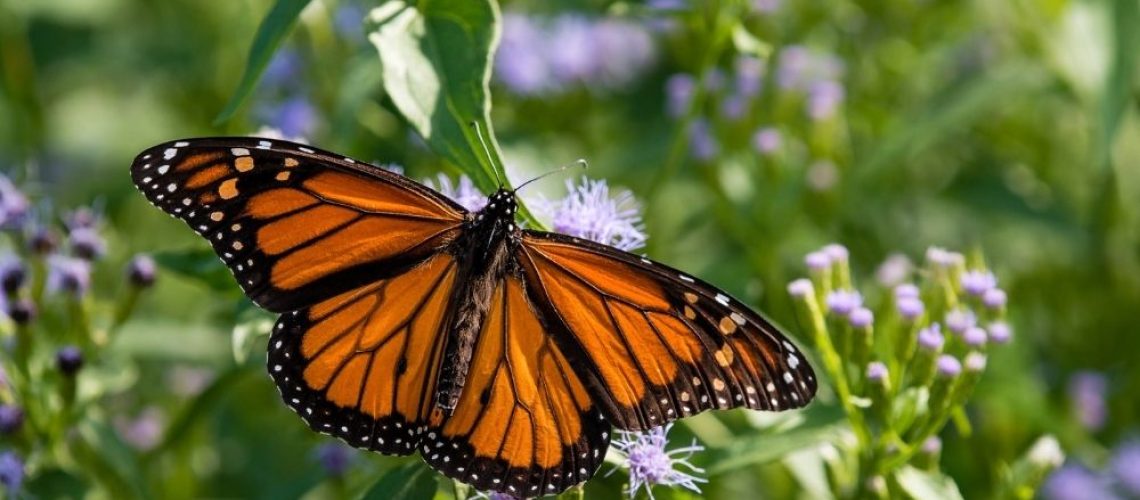Throughout October and early November Monarchs come through North Texas in droves. They are here to stop and get nectar on their way to Mexico where they overwinter. Seeing hundreds of them on a patch of flowers is one of the most beautiful and rewarding experiences one can witness, especially when it is in your own garden.
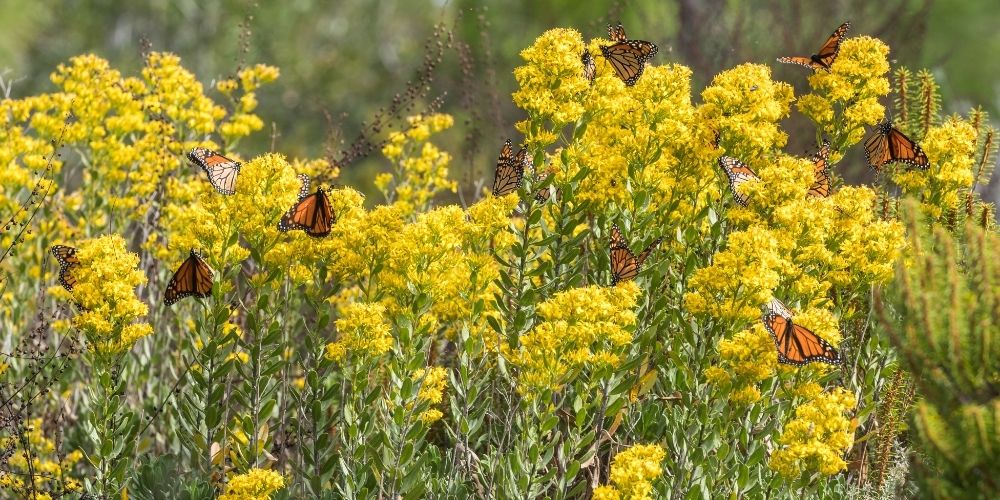
And it’s not just Monarchs, there are tons of different types of butterflies that come out in the fall to gather nectar on native flowers.
Check out this video made in Fort Worth in October that shows hundreds of butterflies on a suburban native pollinator garden.
Usually planting Milkweed is recommended to attract Monarch butterflies, but for the fall migration, it is flowers you need to attract them. This is because they are not looking to breed and lay their eggs on Milkweed plants, but instead just need fuel in the form of nectar to continue along their migratory path.
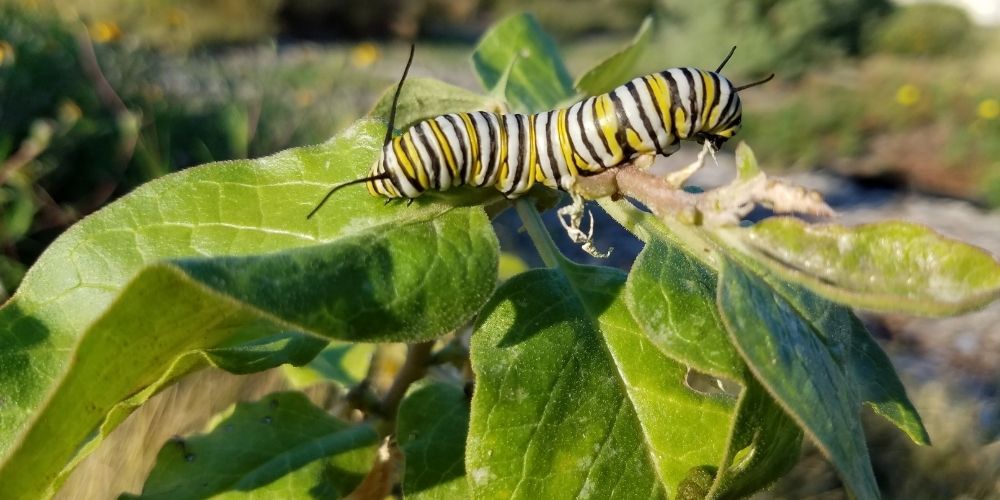
Fall in North Texas is when we finally get a break from the hot temperatures of the summer and, with any luck, a little rainfall. It is for this reason there are many flowers blooming that attract Monarchs and other butterflies in the fall.
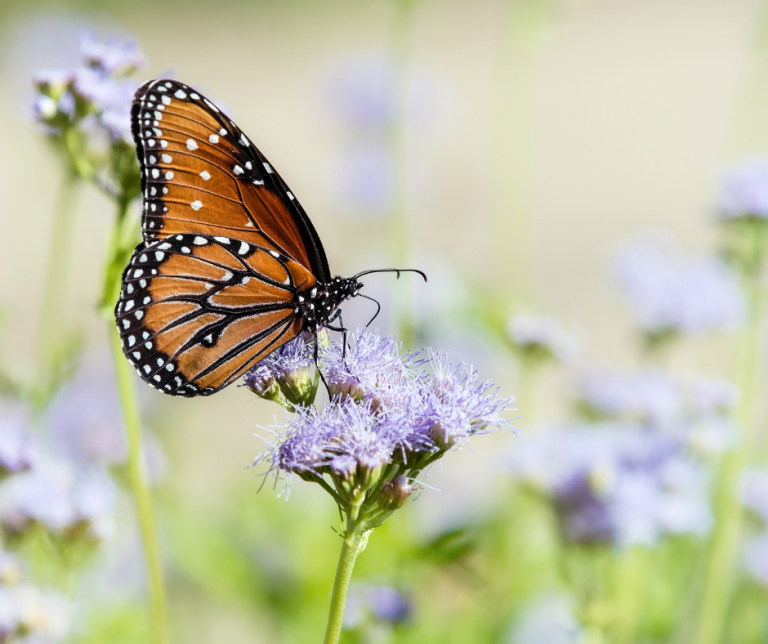
Here are a few native plants that are sure to attract Monarchs to your North Texas yard this fall:
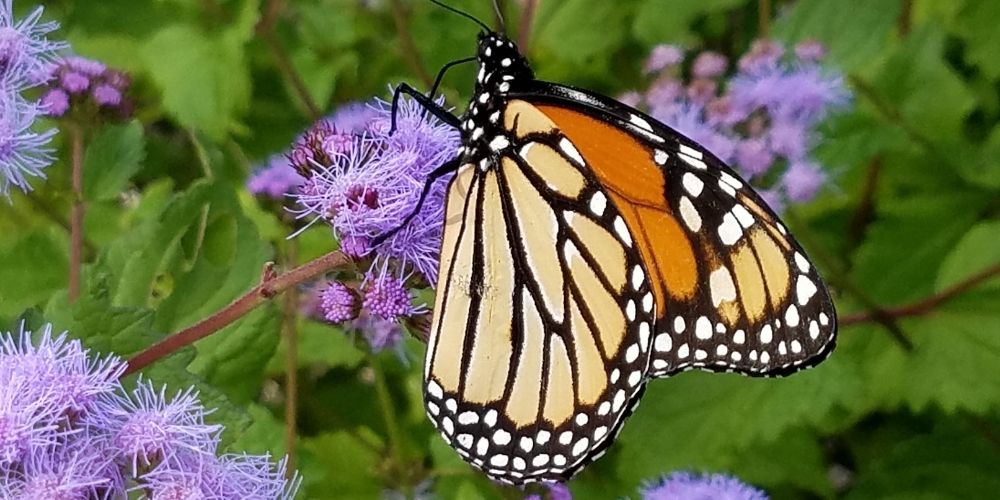
Gregg’s Mistflower or Blue Mistflower
Conoclinium coelestinum or C. greggi
A must have for any pollinator garden. This plant puts out tons of blooms in the fall, spreads easily, and attracts butterflies like no other flower.
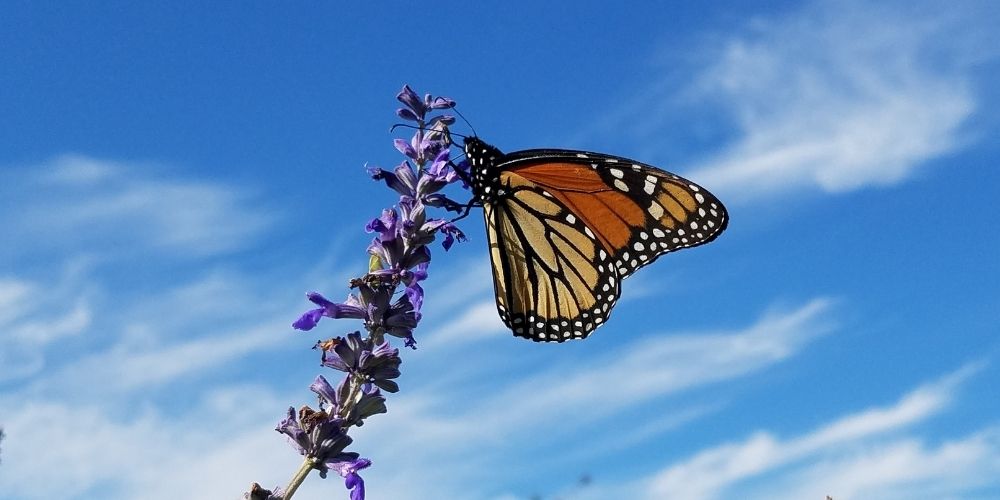
Henry Duelberg Sage, Salvia farinacea
A must have in any North Texas yard. Blooms 9 months out of the year, needs no water, cheap and easy to find at most nurseries, and butterflies love it.
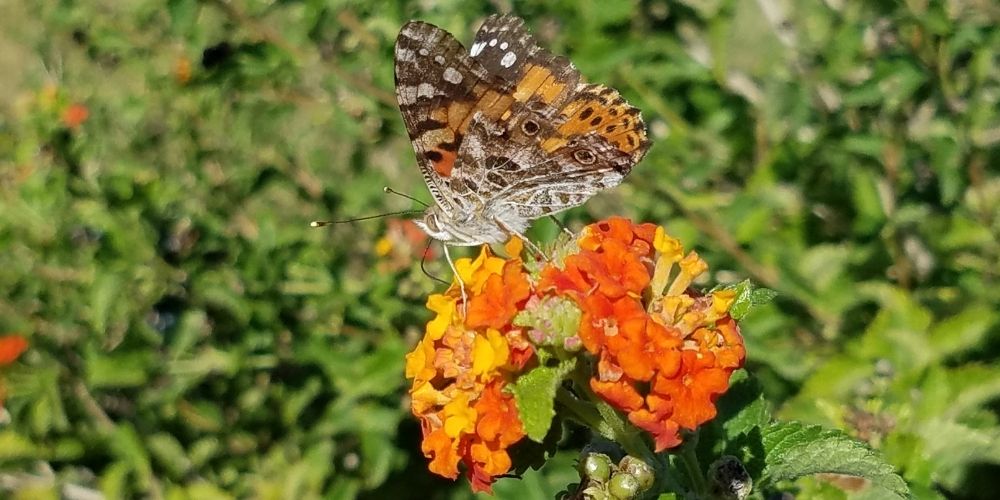
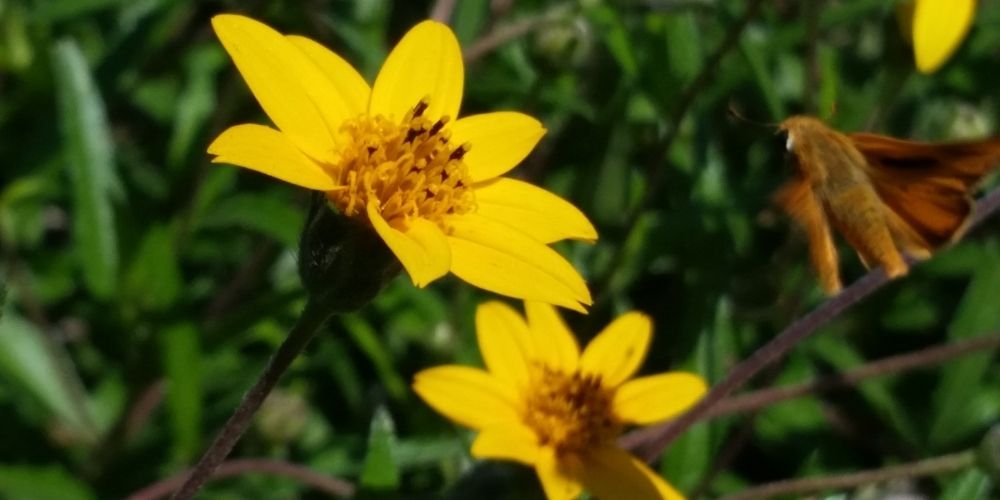
Wedelia acapulcensis var. hispida
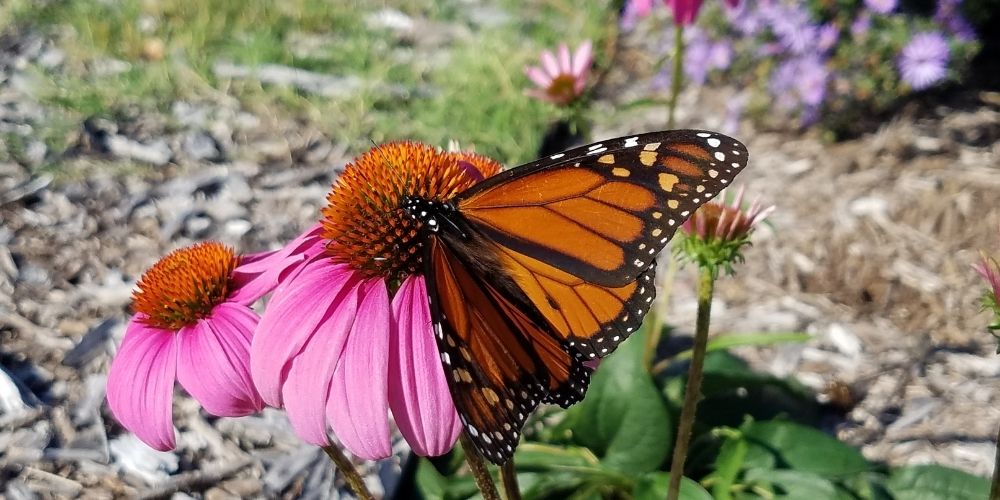
Echinacea purpurea
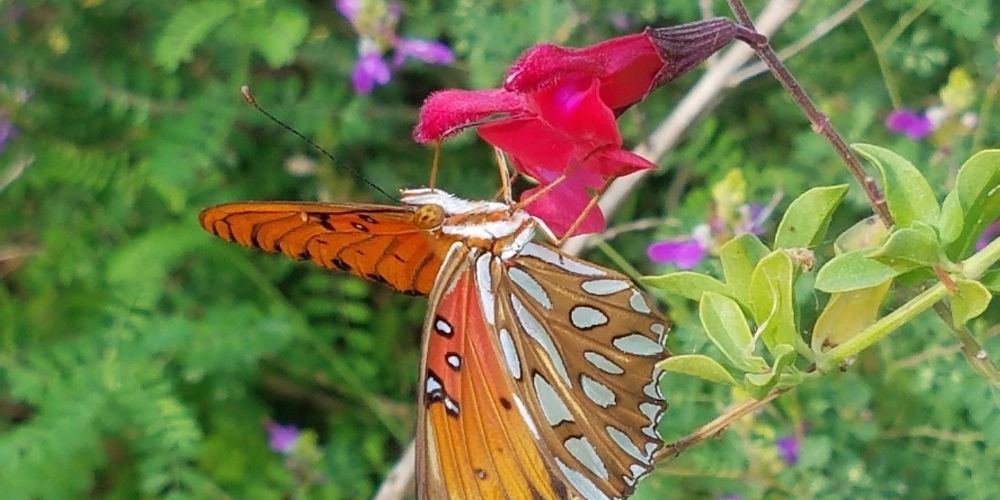
Salvia greggii
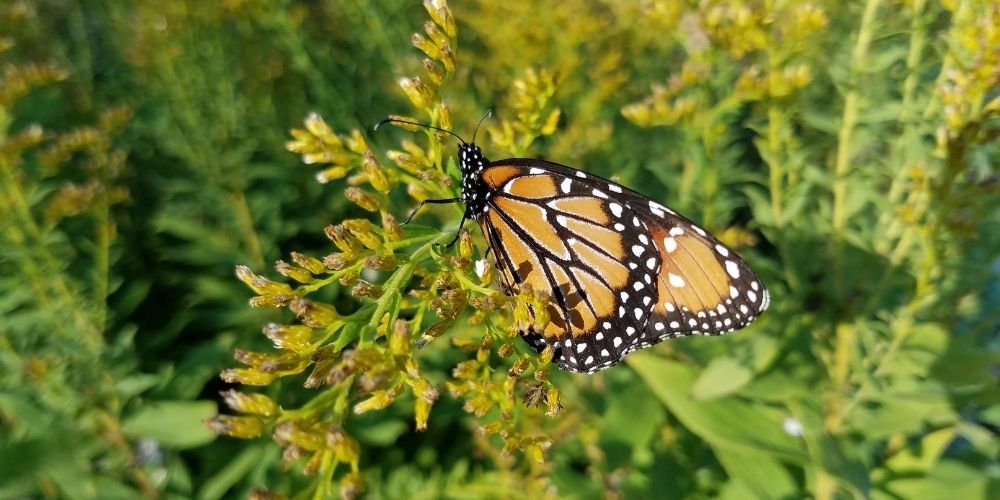
Solidago sp.
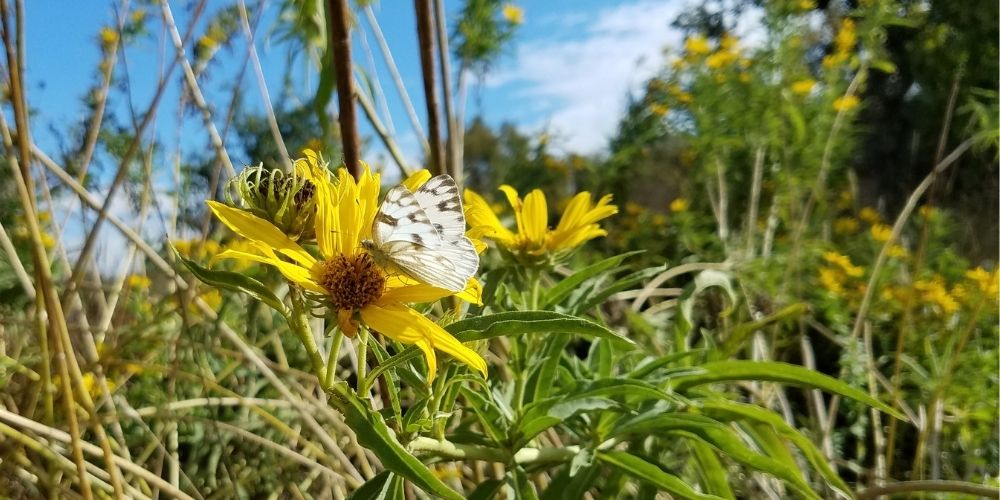
Helianthus maximiliani
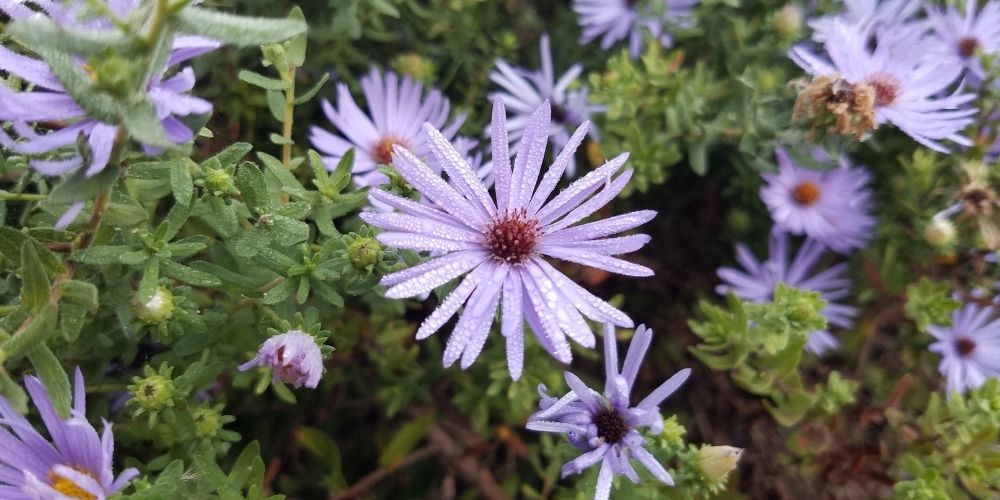
Symphyotrichum oblongifolium
Monarchs love a variety of flowers, especially any is the Aster family. Wildflower mixes also do a good job attracting Monarchs.
Plant a cluster of any of these flowers and you will get fall butterflies. More flowers and larger area means more butterflies. A good size for a pollinator garden is 100 square feet.
Check out this video to see what just a small patch of Mistflower can bring.
For more information about attracting butterflies and other pollinators, visit our Pollinator Resources page. Also, check out some of the other pollinator blogs on this site. In addition to that, on the video resources page, there are several videos about making a pollinator garden.
Heather Bass is a Water Conservation Specialist at Tarrant Regional Water District who focuses on outdoor water conservation and sustainable landscaping through ecologically sound principles. You can reach Heather at heather.bass@trwd.com or 817-720-4432.

